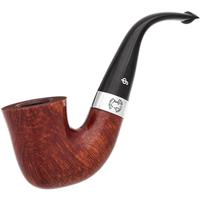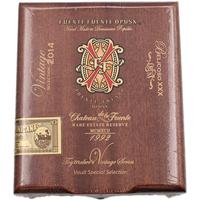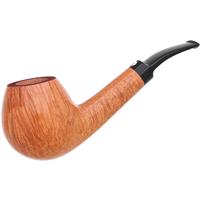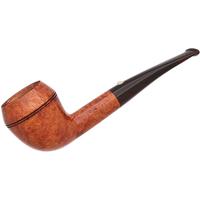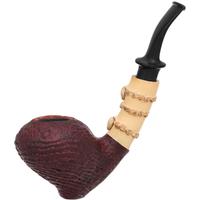This would be true of any of the microcrystalline waxes. Get a little daub on your fingertips and apply—rub it in vigourously with your fingertips so that the application is very thin. (
@sablebrush52 is able to get results that he likes with just his fingers working the wax up in temperature with hand friction alone). You definitely don’t want build up or pockets of wax. Before the wax dries, you can also lightly buff with an old toothbrush to ensure the wax is not built up in the nooks and crannies of your pipe’s rustication or sandblast. Then, let the wax dry. Once dry, lightly and quickly buff with a microfiber cloth. You want the contact to be just across the surface in quick strokes. The tiny microfibers will do the work and get the sheen up.



